3 Railway Maintenance Best Practices
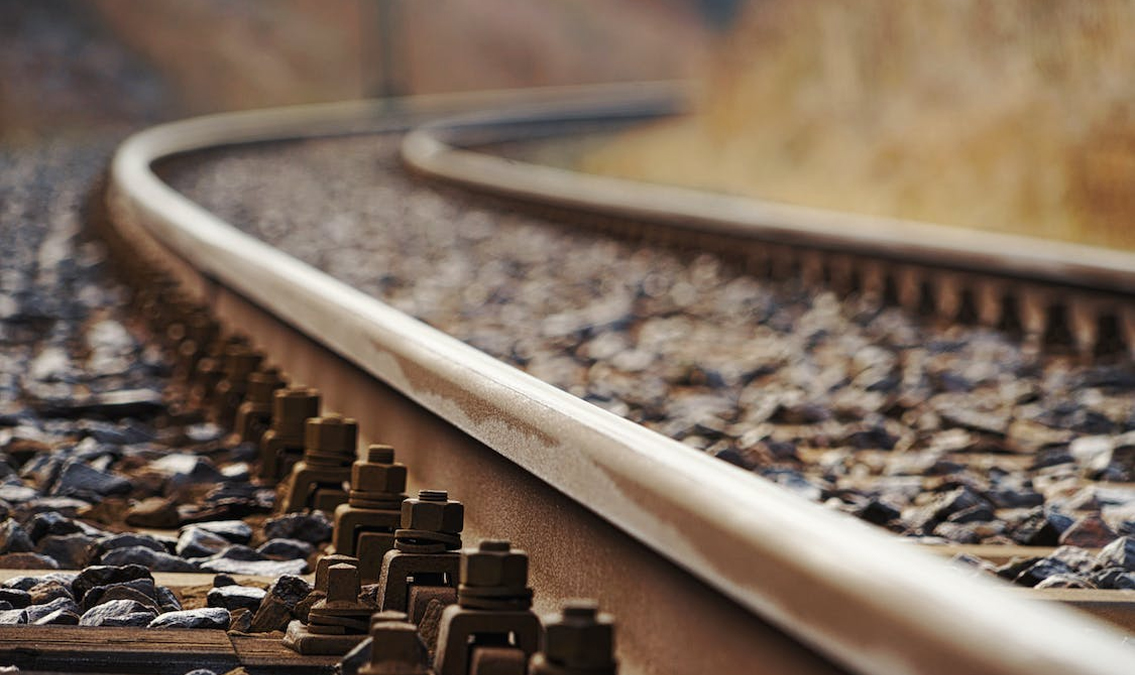

Railway infrastructure plays an important role in public transportation and the transportation of materials for your business. Like any infrastructure, rail demands meticulous maintenance to ensure safety, reliability, and asset longevity.
Maintenance is a must, but with an immense number of assets under your control, maintenance activities can quickly spiral out of control. Railway maintenance best practices will help you regain control of your assets—no matter your organization’s size—while improving asset lifespans and reducing costs.
In this guide, we’ll explain why railway maintenance is important and share three tips for optimizing it.
In this article:
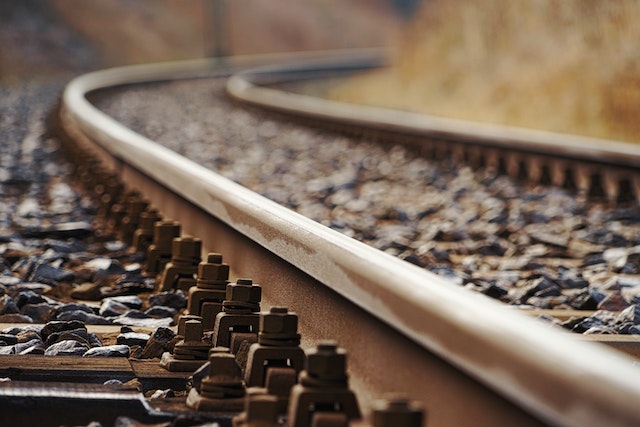
Railway maintenance involves regularly checking and fixing a railway’s components—ideally, before there’s ever an issue. This ranges from maintaining the physical tracks and the signaling systems and overhead lines.
Railway maintenance helps your business:
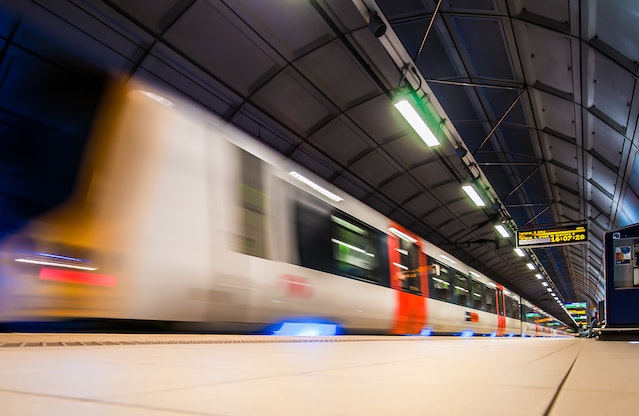
Railway maintenance keeps your rail system in top shape, but maintaining so many moving parts requires a careful approach. Follow these expert tips to streamline your railway maintenance practices.
Using subpar asset labels could lead to misidentification, misinterpretation, and even accidents if your team overlooks maintenance needs. High-quality labels make organizing, identifying, and tracking parts, equipment, and maintenance schedules easy across even the largest rail networks.
MPC designs durable labels for even the most rugged railway environments. Our Metalphoto® labels and tags resist damage from UV rays, rain, sun, snow, and extreme temperatures. Plus, human-readable QR codes and barcodes make it easier for your maintenance teams to quickly identify important information.
IoT-enabled sensors can help you spot areas that need maintenance, but even then, it’s still best to conduct regular inspections. Frequent inspections identify wear and tear, misalignments, and any obstructions that could cause derailments.
During your inspections, be sure to:
Depending on the issues your team finds during an inspection, they might be able to remediate it then and there. If not, they will need to submit a separate maintenance ticket to deal with the issue later.
Check out the video below for some tips on inspecting a curved track:
Railway maintenance just isn’t possible without a centralized maintenance system. Opt for a preventive maintenance solution or equipment tracking software to stay on top of your assets.
Choose software that integrates well with your existing tagging system. At minimum, it should include the ability to scan barcodes and QR codes. Also look for solutions with mobile apps so your team can use smartphones in the field instead of bulky scanners.
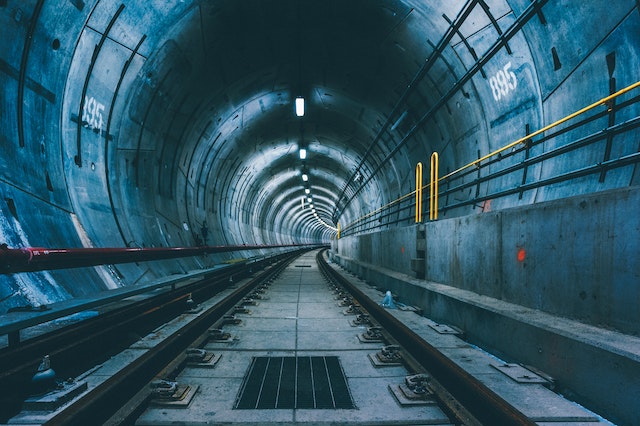
Railway maintenance has so many moving parts. It demands diligence, expertise, and solid maintenance practices to keep your system in top condition. Regular inspections, combined with a proactive approach to maintenance, ensure the safety of passengers and goods while enhancing the efficiency of your railway system.
However, many rail operators need help bridging the gap between physical assets and digital maintenance solutions. That’s where MPC’s labels and tags come in. MPC creates durable Metalphoto® railway asset labels and tags that last up to 20 years in harsh conditions.
Try MPC’s labels at your organization: Order a free label sample kit now.
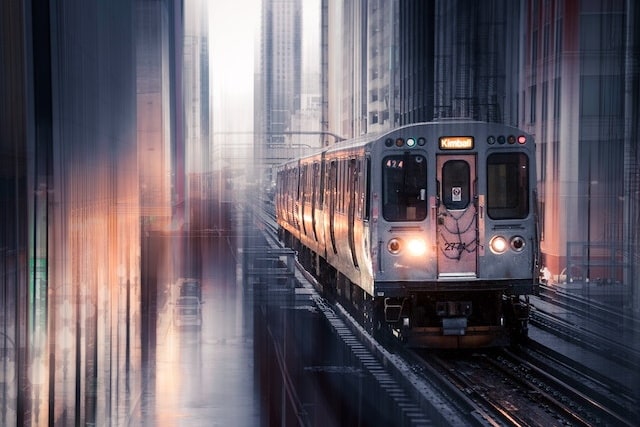
Labels and tags streamline and enhance railway maintenance by:
Absolutely. Technology makes railway maintenance faster, safer, and cheaper. For example:
A typical track lasts 20 to 30 years with proper maintenance. However, certain sections, like curves or high-traffic zones, might have more wear and tear. Weather conditions, soil stability, and train weight also affect the track’s longevity.
Our sales engineers are experts in automatic asset tracking, tagging and identification,a nd can answer all your questions. Get in touch now.
Lets Talk ›